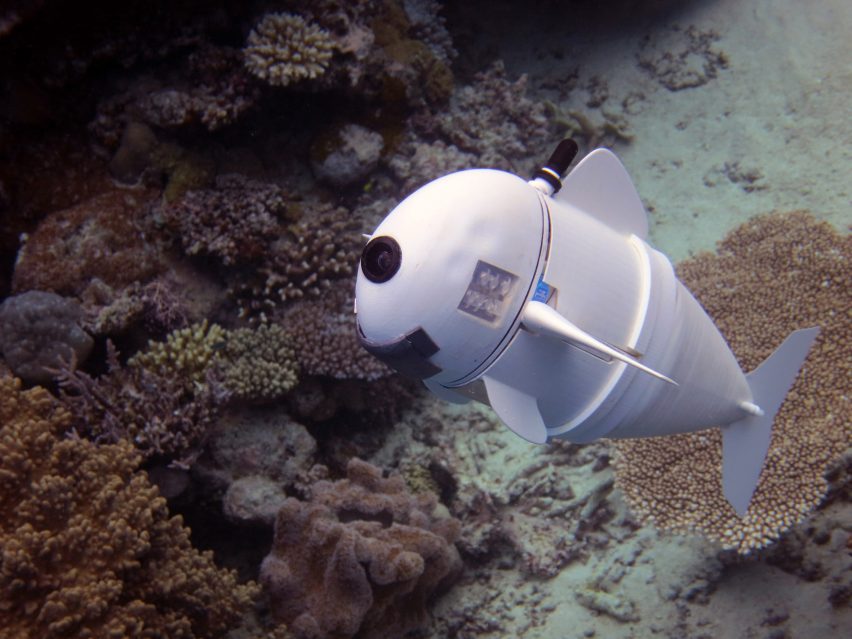MIT reveals soft robotic fish for documenting marine life
MIT scientists have unveiled a nimble robotic fish containing a camera, which can swim alongside real fish to capture close-up footage.
Revealed in a paper published by MIT's Computer Science and Artificial Intelligence Laboratory (CSAIL), the soft robotic fish named SoFi, is designed to be as non-disruptive as possible to its environment.
It has been tested in the Rainbow Reef in Fiji, and has swam at depths of more than 50 feet for up to 40 minutes.

Propelled by a hydraulic motor that creates a side-to-side motion to mimic the movement of a real fish, the robot can operate at a range of different swimming speeds.
Its average speed is around a metre per second.
Unrestricted movement
The robotic fish also has the ability to control its buoyancy by using an adjustable weight compartment and a “buoyancy control unit” that can change its density by compressing and decompressing air. In addition, two fins on its side enable it to adjust its pitch, so it can swim in a straight line, turn, or dive.

The robot's body is made of silicone rubber and flexible plastic, with several 3D-printed components, including the head, which holds all of the electronics including its single camera.
To steer the fish, the team used a waterproofed Super Nintendo controller that works using a custom acoustic communications system.
First untethered design
Unlike existing autonomous underwater vehicles (AUVs) that have traditionally been tethered to boats or powered by propellers, SoFi runs on a lithium polymer battery, similar to those found in consumer smartphones.
"To our knowledge, this is the first robotic fish that can swim untethered in three dimensions for extended periods of time," CSAIL PhD candidate Robert Katzschmann told MIT's news site.
"It has the potential to be a new type of tool for ocean exploration and to open up new avenues for uncovering the mysteries of marine life."

SoFi follows on from last year's launch of Octobot – a soft 3D-printed robot developed by researchers at Harvard University. Powered by a chemical reaction in its fluid-filled circuit, the cartoonish Octobot was able to move its silicone body on its own.
Images courtesy of MIT.